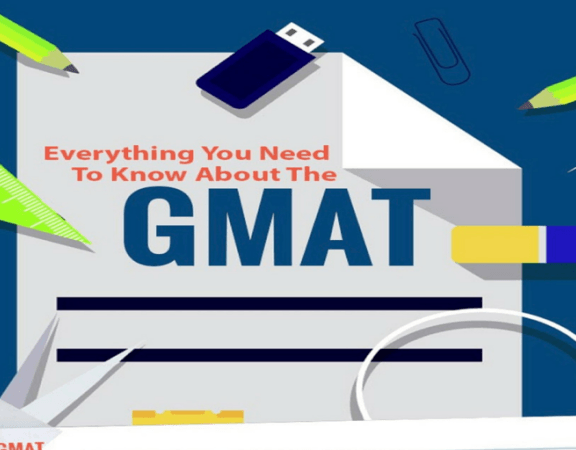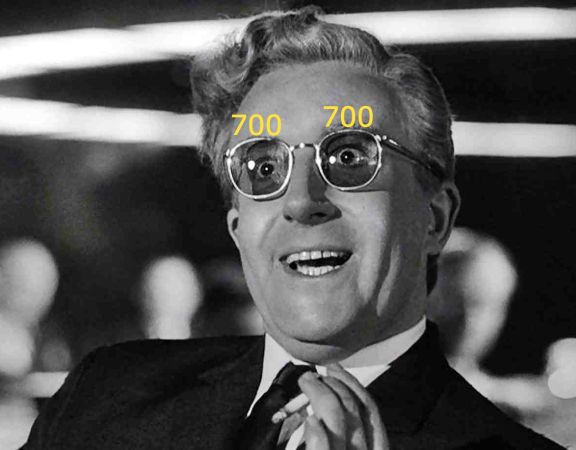700 or: How I learned to Stop Worrying and Love the GMAT

New to the GMAT? Let This Infographic Break It Down
August 18, 2021
MBA Resources for Your Post-Military Career
August 25, 2021700 or: How I learned to Stop Worrying and Love the GMAT
There’s no shortage of blog posts and forum threads on the desideratum of cracking the upper 700s on the GMAT to get into a great business school. We’ve even written some here. But try looking for the opposite, and you’ll have to travel to Timbuktu, or the fourth page of Google, to find a contrarian willing to take this brave stance.
A 760 on the GMAT has never hurt anyone, and we’re not claiming that there isn’t an advantage in doing very well on this common application yardstick. But once you’ve crossed the coveted 700 threshold, the rest is garnish. Yes, it’s pretty and even edible, but it isn’t the main course and anyone who tells you otherwise is selling the garnish.
What to do if you’ve reached the 700 marker
Consider the tail end of the GMAT curve, from 700 to 800. A 700 will place you in the 90th percentile. As we’re fond of reminding you, GMAT test takers are an exclusive and competitive bunch, so the 90th percentile is nothing to turn your nose at. Beyond that, a 730 is the 95th percentile and anything above a 760 is in the 99th percentile. From this, we suggest two things. The first, if you’ve hit 760, leave the test alone and go hang out in a unicorn meadow. The second, the amount of time and effort it will take you to go from great (700) to completely exceptional (760) is not commensurate with your likelihood of gaining admission to a top MBA program.
We contend, and go ahead and prove us wrong, that once you’ve crossed 700, your likelihood of admission rests on the strength of your overall application, work and leadership experience, and essays and interviews. There is a pervasive ideology that only the smartest and most accomplished candidates should gain admission to the top business schools, and it’s entirely created by applicants. Read over the mission statement of each of your target schools. None are looking to graduate an assembly line of hedge fund managers and consultants to dot high rise windows in New York. This is a difficult truth to accept for high-scoring candidates, but those credentials alone don’t translate into automatic admission, because nobody deserves to get into Stanford GSB.
Just look at the numbers
The push for the GMAT score apex doesn’t even make sense mathematically. Every year, roughly 280,000 candidates will sit for the GMAT and only 2,800 will score 760 or above. The M7 have a combined incoming class of 3,900 seats. Even if every single one of these one percenters applied to and was accepted by an M7 school, there would be 1,100 seats left to fill. Add to that the GMAT’s published 30-point margin of error, and the differences between a 710 and a 760 is truly negligible for admission, and in real life.
There is a flawed thinking that a higher GMAT score will get you in if you’re competing for a seat with a similar candidate. In reality, there isn’t such a homogeneity among candidates to where 10 or 20 points on the GMAT will make or break a decision to admit. Beyond that, remember that Harvard Business School sifts through roughly 10,000 applications to fill its class of just under 1,000 enrolled students, leaving thousands of unsuccessful applicants with stellar credentials off the admit list.
So, instead of agonizing about the margins, focus on telling your full story as a candidate. And most of all, spend time making sure that each school you apply to will fit your learning goals, career objectives, and activate the best future you that you can be. After all, you’re not taking the GMAT to gain accolades on Internet message boards but as the first step toward getting an MBA.
What do you think? What GMAT score are you going for?





1 Comment
good post !!!!!! haha !!!!!! yes